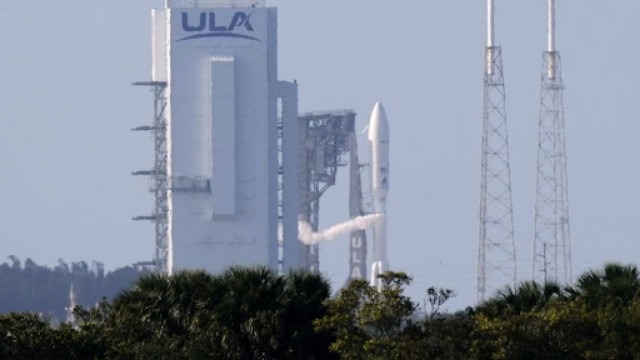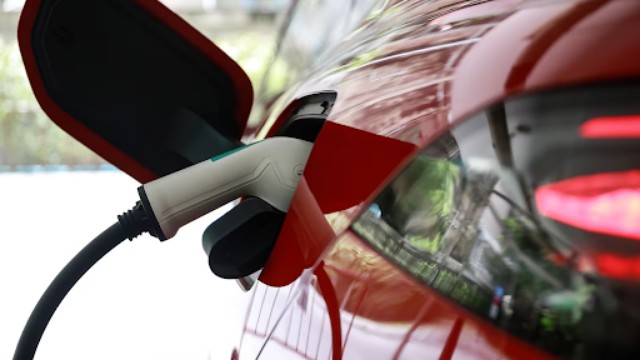
The four crew members of the Polaris Dawn mission are seated in the Crew Dragon cabin, dressed in the EVA suits designed by SpaceX. (Credit: SpaceX)
At an altitude of 700 kilometres above Earth, Thursday’s groundbreaking SpaceX spacewalk reached a new height in space exploration. This historic event not only marked the highest spacewalk ever recorded but also introduced SpaceX’s latest technological advancement—state-of-the-art extravehicular activity (EVA) spacesuits. The suits, designed for astronauts, represent a significant improvement from previous models, incorporating cutting-edge features to enhance comfort, flexibility, and performance.
The new EVA suits are built with display capabilities inside the helmets, allowing astronauts to access vital information about the suit during the spacewalk. SpaceX has emphasized that the suits are more comfortable and versatile, eliminating the need for separate suits during different stages of a mission such as launch, landing, or spacewalks. This advancement simplifies space missions, making it more convenient for astronauts to perform their tasks without changing suits.
Space technology expert Dan Riskin commented on the importance of these spacesuits, noting that they are crucial to the success of SpaceX's privately funded, five-day mission. He highlighted the numerous functions a space suit must perform, from maintaining life support to ensuring flexibility and lightweight mobility. Riskin explained the challenge of balancing these features, saying, “Space suits have to do so many things… they’re trying to make them lightweight, flexible, and look cool while fulfilling life-saving roles. Testing space suits is arguably an even bigger task than testing the spaceship itself.”
This image, taken from a SpaceX video, captures engineer Sarah Gillis stepping out of the capsule on Thursday, September 12, 2024. AP Photo
On Thursday morning, SpaceX engineer Sarah Gillis experienced the benefits of the new suit firsthand. While performing her spacewalk outside the Dragon capsule, she was able to monitor important data displayed on her helmet, a crucial feature that adds an extra layer of safety and convenience for astronauts while they are outside the spacecraft.
Retired astronaut Chris Hadfield shared his perspective, comparing these advanced suits to the ones he used during his spacewalks decades ago. "The space suit I wore for my first two spacewalks was old, designed in the sixties and built in the early 1980s," Hadfield said. He praised SpaceX's use of modern manufacturing techniques and innovative designs that integrate the latest technology to make the suits as user-friendly as possible. The new EVA suits are flexible, easy to put on and remove, and designed to enhance an astronaut’s mobility, making their tasks in space much more manageable.
SpaceX's achievement in creating these advanced EVA spacesuits comes at a time when NASA is preparing to reveal its own next-generation spacesuits. NASA’s new suits are expected to be worn during future moon missions, set to take place later this decade. While many details about NASA’s upcoming spacesuits remain under wraps, it is anticipated that they will resemble the classic white suits worn by astronauts during the Apollo program over 50 years ago.















